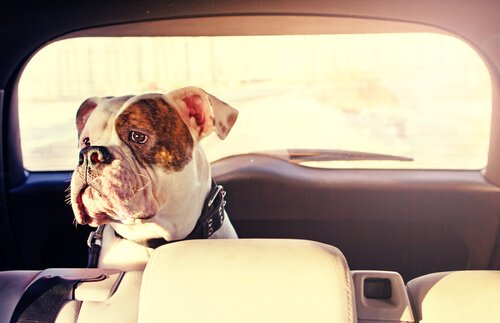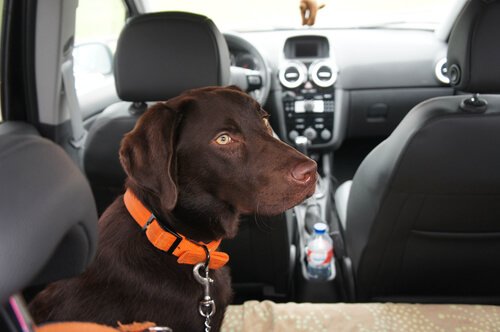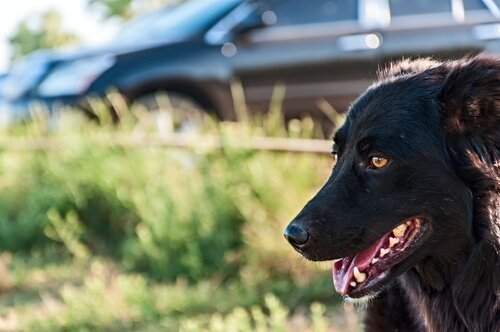How to Prevent your Dog from Getting Carsick


Written and verified by the lawyer Francisco María García

It’s not unusual to take your pet in the car with you. Maybe you’re taking a family vacation, visiting another house, or running errands. Some dogs handle car rides well. Others might become agitated, start to feel dizzy, and even have carsickness.
How can you help your dog avoid carsickness?

The best way to prevent carsickness is to expose your dog to car rides as a puppy. This way, even if it gets dizzy at the beginning, it will adjust as an adult and feel more comfortable.
However, what should you do if you’ve adopted an adult dog? In this case there are a few tricks that might help reduce the dizziness.
Car temperature
The first thing to keep in mind is that temperature is a big factor for your dog. The car needs to be cool. If you start the trip in a hot car, your furry friend will begin to feel sick before too long.
The car interior should be kept around 20 degrees Celsius (or 68 degrees Fahrenheit). Another smart way to make your dog more comfortable is to let it travel with it’s favorite blanket or toy. This way it will associate the idea of getting in a car with something fun.
Trip length
Start with very short trips when training for car rides, just a few kilometers. A good method is to drive around the block every day with your dog in the car. This way it will adapt bit by bit.
After this first phase of short rides (10 to 15 minutes) you can go on to the next step. Begin taking longer drives with your pet in the car – walks right outside your city, for example. In addition to helping your dog adjust to traveling, this gives you the chance to exercise together, play, breathe fresh air, etc.
It’s important not to take a long trip with your dog before being sure that the dog won’t get sick.
Snacks for the road
Even once the dog is already used to riding in a car, you should continue being careful. Your pet should not eat in the four hours before the trip. This way its stomach will be a little emptier, lowering the risk of vomiting in case of carsickness.
Stopping
In addition to being necessary and beneficial for the driver and vehicle, making occasional stops during a trip is important for a pet.
Before putting the animal in the car, you should go for a nice walk and make sure the dog does its business. If it’s a little tired, it will be less agitated in the car and travel more calmly.
When traveling for longer than two hours, it’s essential to stop. Then all occupants, including the dog, can get their circulation going again.
After arriving at your destination, get out of the car as soon as possible. Reward your dog for good behavior with treats, compliments, petting, etc. This way, it will perceive traveling more positively.
Anti-nausea meds for dogs

Veterinarians don’t recommend anti-nausea medication unless it is truly necessary. Dogs can get too used to such drugs, even developing dependency.
Consult your vet before traveling. When the professional thinks it is right, he or she will prescribe the most appropriate medication.
There are three basic medications to help your dog avoid carsickness: anti-vomit meds, stress reducers, and sleeping aids. Each requires a vet’s prescription. We should not take our pet’s health lightly.
This text is provided for informational purposes only and does not replace consultation with a professional. If in doubt, consult your specialist.